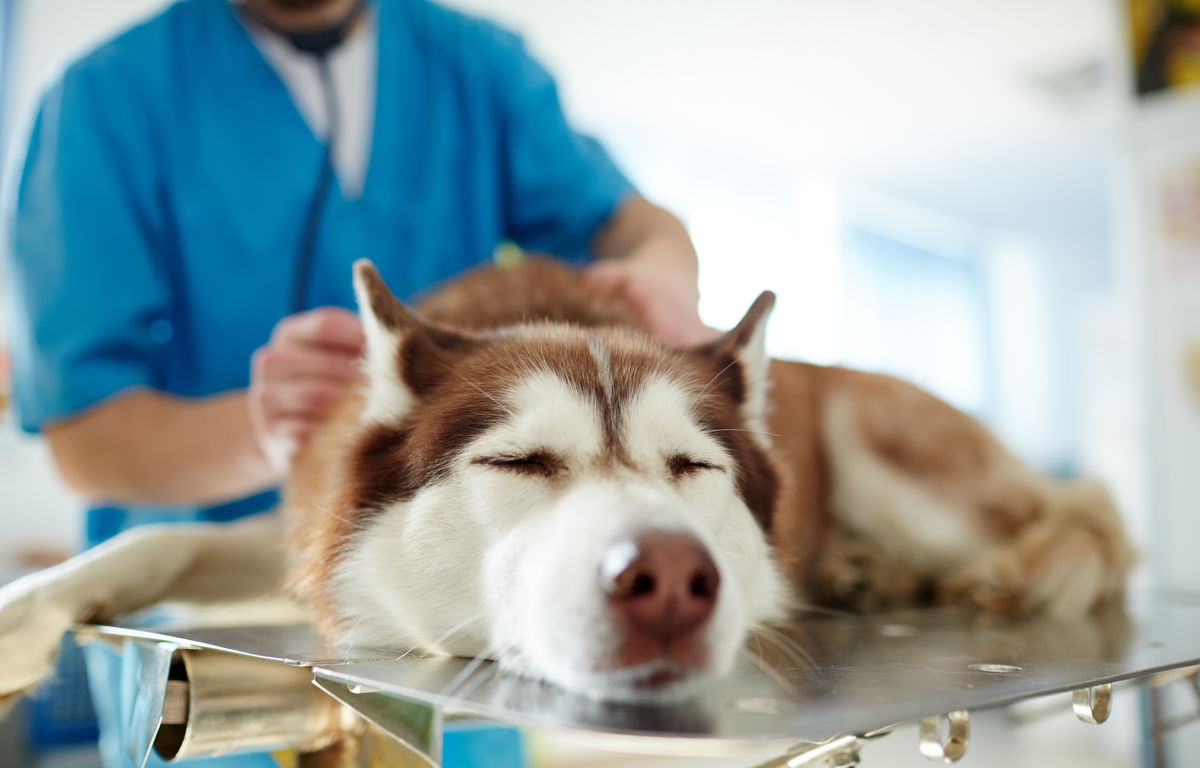WASHINGTON, Tenn (CLARKSVILLENOW) – Wednesday, April 22, the Centers for Disease Control (CDC) released new guidance for veterinary clinics regarding the COVID-19 pandemic.
According to the CDC, there is currently no evidence to suggest that animals play a major role in the spreading of SARS-CoV-2, the virus that causes COVID-19, and the risk of animals spreading the virus to humans is low. There is, however, some evidence to suggest humans can spread COVID-19 to some animals such as dogs and cats.
“It appears that in some rare situations, people can spread the virus to animals,” says the release. “Further studies are needed to understand if and how different animals could be affected by the virus, and the role animals play in the spread of COVID-19.”
On April 6, 2020, The United States Department of Agriculture reported that a tiger at a New York zoo had tested positive for SARS-CoV-2. This was the first instance of an animal testing positive in the United States. No other animals at the zoo showed symptoms at the time, but some large cats in neighboring enclosures have since developed mild respiratory symptoms from which they are recovering.
Symptoms of SARS-CoV-2 in animals is similar to that of humans, including fever, coughing, difficulty breathing, lethargy, sneezing, nasal discharge, vomiting and diarrhea.
The CDC considers veterinarians and veterinary staff to be critical workers. As with other businesses, veterinary staff are asked to stay home when sick, use appropriate personal protective equipment (PPE), follow cleaning and disinfecting guidelines and practice social distancing when possible.
Pet owners are encouraged to work with the veterinarians to postpone non-urgent or routine appointments and procedures. Such procedures includes spays and neuters. Some offices provide telehealth options for clients, allowing them to receive help from home. Scheduling curbside drop off and pickup for pets is also encouraged.
As with humans, pets displaying signs of SARS-CoV-2 should be isolated for 14 days after symptoms appear and until they can remain symptom free for 72 hours without the use of medication.
A full list of CDC guidelines regarding veterinarian practices can be found on their website.


